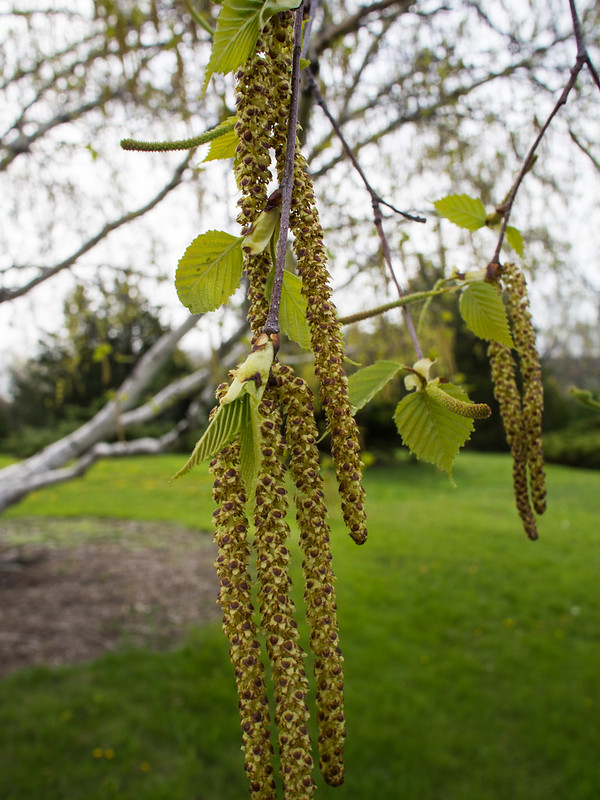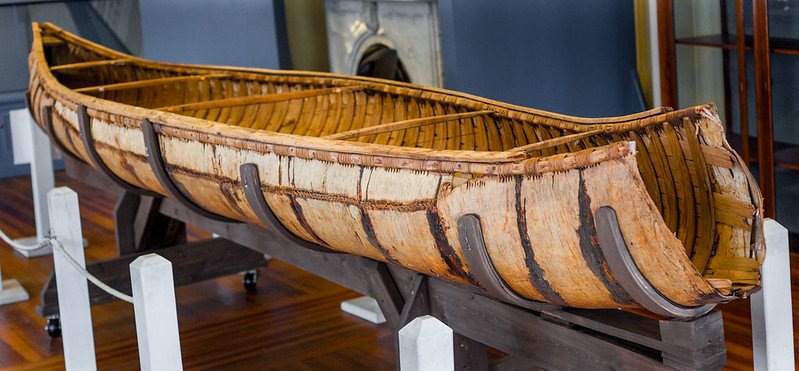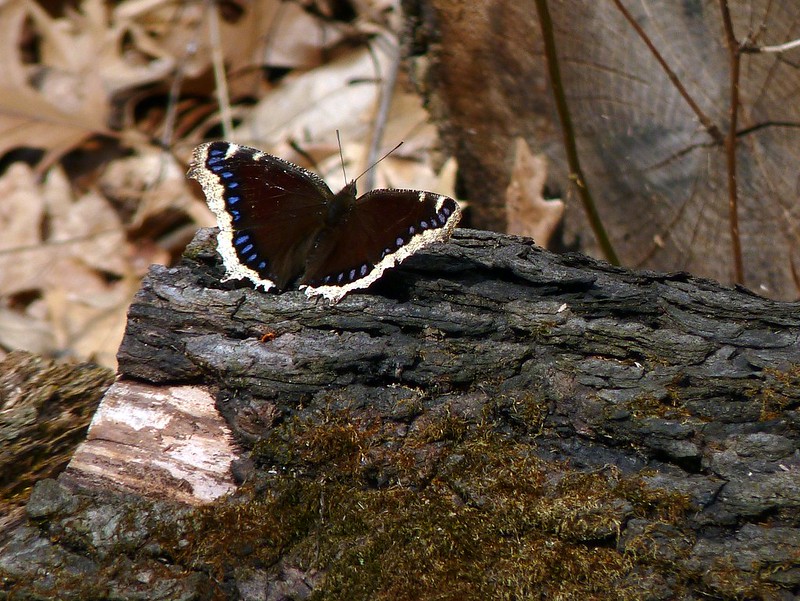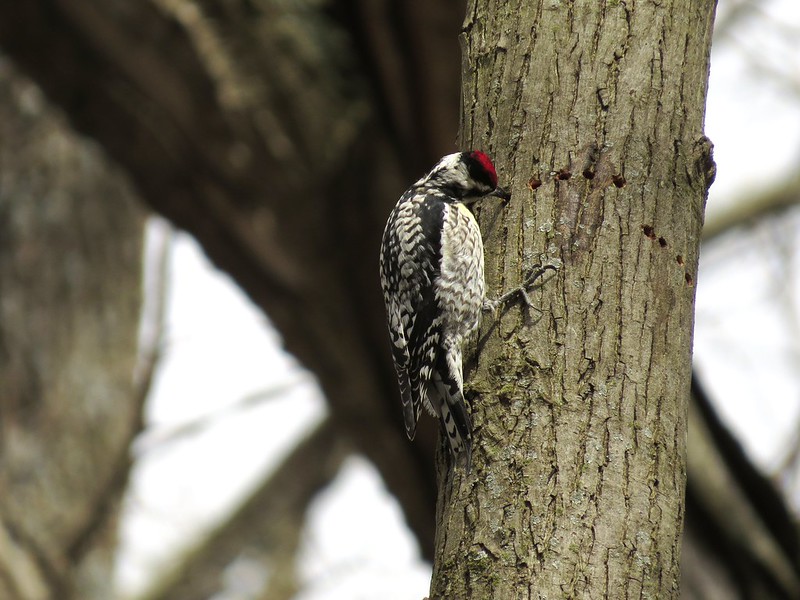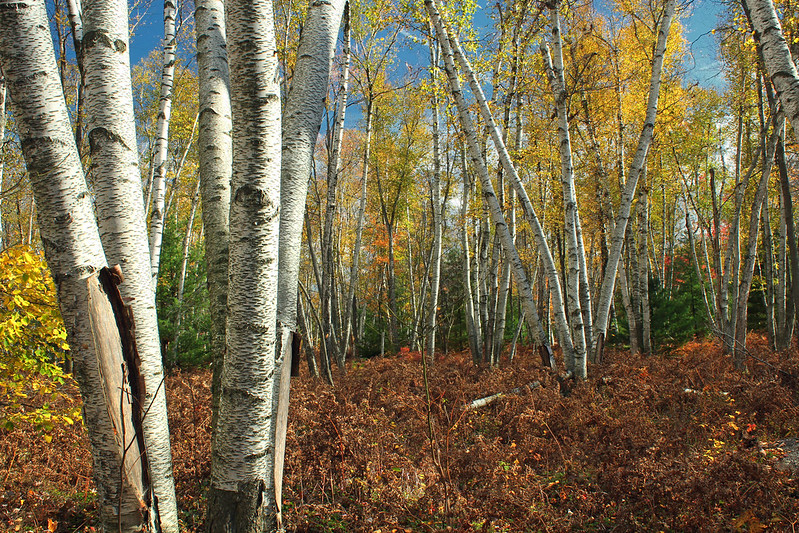Today, birch wood is used commercially for pulpwood and plywood as well as in the fabrication of many household items such as toothpicks, clothespins, craft sticks and more. It is also a common (and quick-burning) firewood. In fact, the fallen bark from this tree is useful for starting fires in a pinch.
The wood is common in furniture cabinetry making and is highly regarded in woodturning. It is important to know when and how to harvest bark for projects because using too much at the wrong time of year can severely injure a tree. Birch beer (my favorite soda) was historically made with birch syrup. Though sweet birch and yellow birch have a distinct wintergreen flavor, paper birch syrup is higher in sugar and can also be used in tonics. Either way, the best tasting birch beers are made with real birch. Birch syrups are still used today, tapped and processed soon after the more conventional maple syrup season.
Birches are an important browse tree for many of Maine’s mammals like moose, deer, hares, porcupines, and beavers. Paper birch supports hundreds of butterfly and moth species including luna moths, tiger swallowtails, and mourning cloak butterflies.
The mourning cloak, one of the few butterflies that overwinter as adults, often use the peeling bark for shelter when the days get cold. Many of our bird species feed on the seeds. Finches, siskins, juncos, chickadees, and many other charismatic songbirds are attracted to birches both for the seeds they produce and the insects they support.
Birches are one of the preferred trees for yellow-bellied sapsuckers. These birds drill distinct holes in trees, without injuring them, to feed on the rich sap as well as the insects that get caught in the sticky liquid. Other birds use the peeling bark for nest construction.
